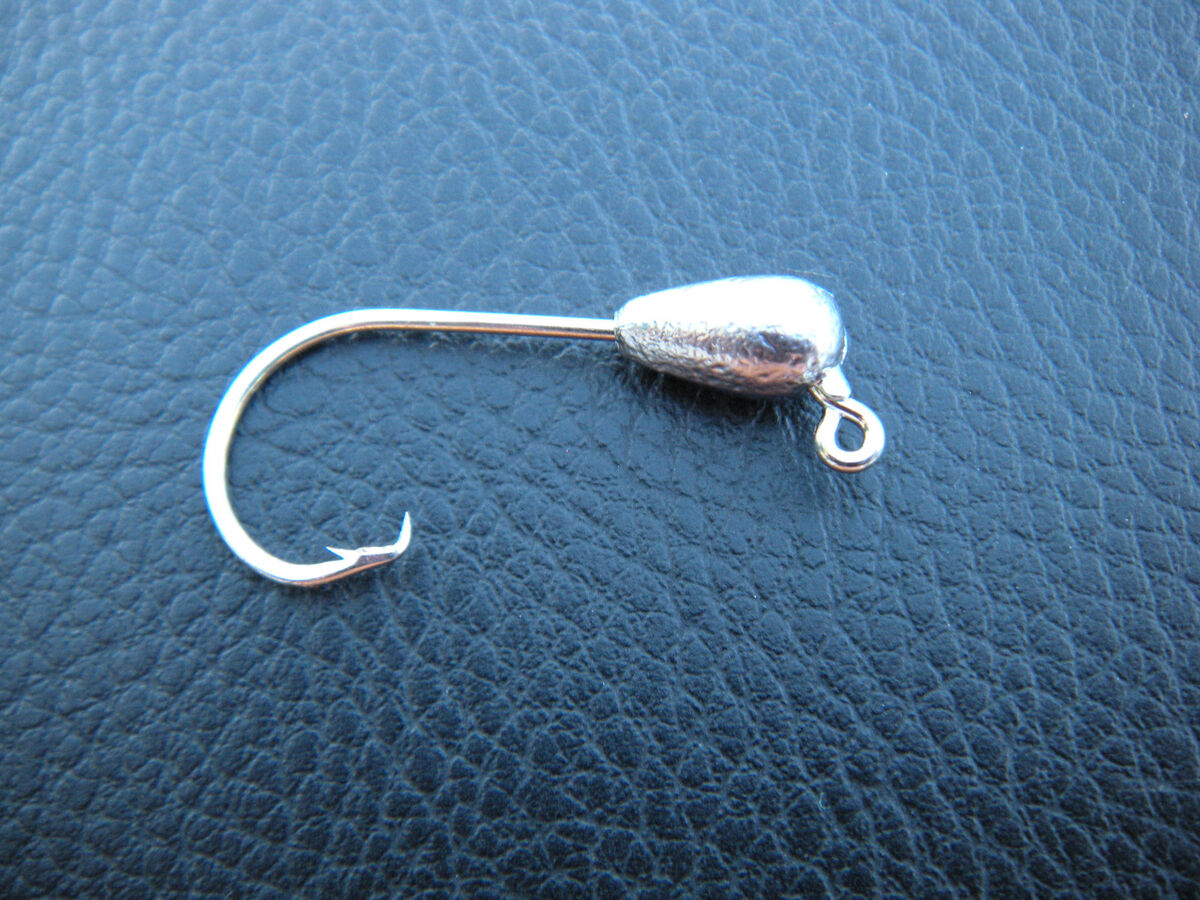Saltwater jig hooks are vital tools for fishermen aiming to catch a variety of species in difficult ocean settings. These hooks have changed dramatically over time, and the reason for this is that saltwater fishing continues to demand more performance, durability and effectiveness. As saltwater fishing hooks continue to be upgraded, we utilize gear that can help us achieve great success.
Innovation in Hook Design: Enhancing Performance
Fishing hooks used to be simple and uniform, but modern saltwater jig hooks are crafted to address the specific challenges of ocean environments. Many innovations focus on improving hook sets, minimizing snags, and boosting durability.
Anti-Snag or “No-Snag” Hooks
Anglers often have problems with hooks getting snagged on rocks, reefs, and other underwater objects while saltwater fishing. Anti-snag or no-snag hooks address this issue with specialized barbs or shapes that lower snags with underwater obstacles. For instance, some hooks have altered bends that allow them to pass rocks or coral smoothly, avoiding the loss of lures or bait.
Innovation in Anti-Snag Designs:
- Flat or Oval Shank: A wider, flattened shank allows the hook to move over barriers more easily.
- Modified Barb Placement: Barbs may be offset or relocated to reduce the chance of catching debris while still being effective when a fish strikes.
- Hollow or Tapered Points: Hooks with tapered or hollow points can more easily escape snags, reducing break-offs and tangles.
Advanced Hook Point Technology
The hook point is crucial for performance, and recent advances in saltwater jig hooks have introduced new technologies for better penetration and retention, even with tough fish mouths.
Popular Enhancements:
- Chemically Sharpened Points: These offer exceptionally sharp tips that penetrate more effectively, increasing hook-up success rates.
- Diamond Coating or Nano-Coating: Contemporary saltwater hooks are frequently coated with advanced materials like diamond-like or nano-coatings to enhance sharpness and corrosion resistance, which is vital for enduring tough saltwater environments.
Future Trends in Saltwater Jig Hook Development
As manufacturers continue to innovate, exciting trends are emerging that may change how we perceive saltwater jig hooks.
Increased Use of Smart Materials
Smart materials react to changing conditions or environments. In fishing hooks, this could mean adapting to pressure, temperature, or fish size. For example, hooks might become more flexible at higher temperatures, reducing harm to fish when released or stiffening in colder water for better retention with deep-water species.
Hook Designs to Enhance Catch and Release
With growing conservation efforts and catch-and-release practices, saltwater jig hooks are evolving to minimize harm to fish. Future designs may emphasize reducing fish injury during hook removal with innovations like barbless features, quicker penetration points, and smoother finishes.
3D-Printed Hooks: The Future of Customization
The advancement of 3D printing allows for the creation of hooks tailored to specific conditions or species. By precisely controlling hook shape, size, and weight, anglers can soon order hooks suited to their fishing style or regional needs, reducing the trial-and-error process of selecting the right hook.
Alt text: A 3D-Printed Hook.
The Impact of New Materials and Technology on Hook Performance
Saltwater jig hook materials are transforming, with manufacturers experimenting with advanced alloys, coatings, and composites.
Corrosion-Resistant Alloys
Ocean conditions are harsh on fishing gear, including corrosion. Although traditional hooks are durable, newer alloys like titanium and advanced stainless steels resist rust more effectively. This is beneficial for anglers who spend considerable time in saltwater, as their hooks maintain longevity and reliability.
Advanced Coatings for Durability and Performance
Coatings like tungsten carbide or PTFE revolutionize hook performance by improving corrosion resistance and maintaining sharpness. PTFE-coated hooks offer a slick surface for easy passage through fish mouths, providing quicker hook sets and reducing fish stress. Such coatings often have anti-glare properties, making hooks less visible to fish, especially in clear water.
The Road Ahead: Anticipations for the Future
In the years to come, we can expect ongoing advancements in the saltwater jig hook industry concerning materials, designs, and technologies.
- More customization potential with 3D printing and smart materials.
- Enhanced corrosion resistance, prolonging hook life in harsh conditions.
- Designing hooks to support catch-and-release practices better to protect fish and promote conservation.
For anglers, staying informed about these trends means constantly updating gear. By embracing these advancements, you’ll not only improve your fishing experience but also support the sustainability of the sport.
Conclusion: A Future of Innovation and Sustainability
The progression of saltwater jig hooks is an intriguing journey, with breakthroughs in design, structures, and innovation leading to more effective, sturdy, and environmentally friendly fishing methods. From designs that minimize snags to coatings that resist corrosion, the hooks of the future will not only perform more efficiently and last longer but also promote responsible fishing for anglers. Whether you’re an experienced professional or enjoy fishing on weekends, staying informed about the latest developments will ensure you’re always prepared for success in saltwater fishing. So now let’s start with using various types of hooks.




























